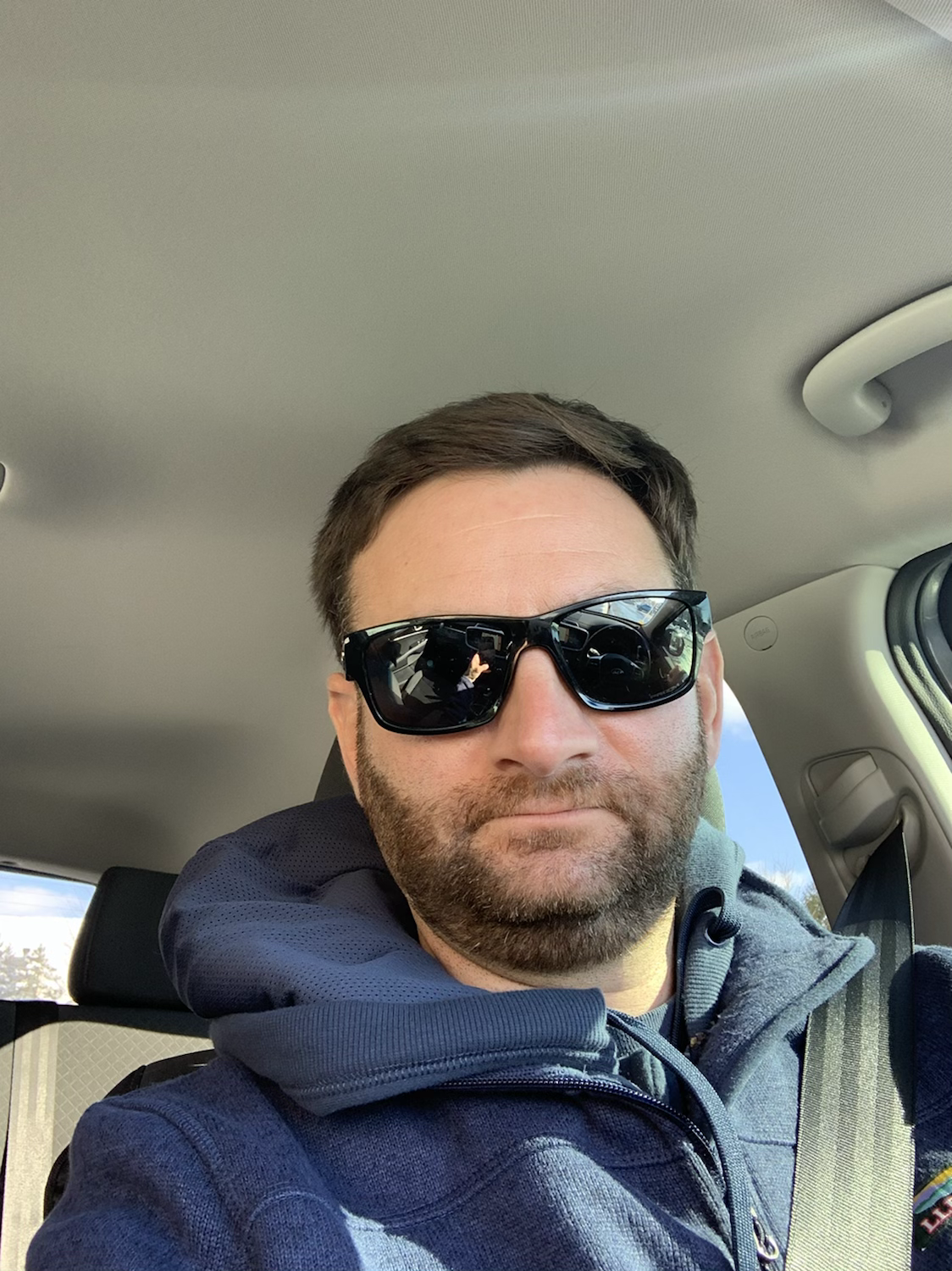On Demand Trucking
- Marc Fisher

- Feb 11, 2017
- 3 min read
A few weeks ago the ITEA published an article regarding the future technology of autonomous vehicles and how recent developments will impact the world of trucking. The 2016 acquisition of autonomous truck startup Otto by the Uber corporation gave a glimpse into future of on demand trucking. The article this week will explore how load-hailing services may impact the carrier industry and public safety.
Since the onset of a marketplace, there has been competition. Disruptive business models put the status quo on their heels. This is what makes America great and promotes a free market, better pricing for consumers and hopefully jobs.
As it pertains to the carriers, this is no different. As with other industries, competition can rise and fall depending on the level of government regulation. Every company with a new idea loves regulation which benefits them, and loathes any regulation which stifles their profitability.
Nearly 40 years ago, the United State de-regulated trucking. Carriers who had monopolies on routes and commodities saw government play a role in how businesses succeed. Whether or not de-regulation was a good thing is not the question. The question is did it promote public safety?
There’s no doubt the glory days of trucking had advantages. Career drivers and legacies were established. The conditions of vehicles and the fleets they represented were a source of pride. De-regulation chipped away at these things.
There’s no love lost from old school truckers as some brokers and fly-by-night drivers with little experience have entered the free market of trucking. Trucks and trailers are not maintained as well. Drivers come and go. When the lowest bidder always wins, public safety is sacrificed in the name of profits. Who exactly is profiting is still the unknown.
If the pendulum of the regulated market place prior to the Motor Carrier Act of 1980 was too far one way, de-regulation has swung the pendulum too far the other. It’s out of balance, and it’s unknown if onset of on demand carriers will center the industry.
Load boards are nothing new, and they are an excellent tool for quality carriers to find work. However, they are a product of de-regulation and have given opportunity to people and vehicles who have no business being carriers.
Reality television has displayed this first hand as there have been shows dedicated to the rat-race of load board drivers. Drivers who have no idea how to secure loads. Drivers who have no ideas how to read maps. Drivers who have no idea how to spot a vertical clearance sign.
These drivers are the scourge of the industry, propped up by de-regulation and made convenient by the mobility of the internet. As companies like Uber begin to dip their toes into the world of commercial vehicles, what guarantees will there be drivers and their vehicles will increase safety?
If the on demand service of transportation network companies (TNCs) in the small passenger vehicle market are any benchmark, there is reason to fear. Companies like Uber and Lyft have disrupted the taxi and livery market, and that is okay. But their ability to manage driver behavior and vehicle safety continues to decline.
Much like the trucking industry, the taxi industry was once a source of pride for companies and their drivers. The free market has eroded this, and public safety is now on the line. TNCs will tell you they adequately screen their drivers and demand vehicle safety compliance, but the complaints are growing exponentially.
Where state and federal government have failed to provide appropriate regulation of TNCs, the patchwork of local regulation is taking hold, and for good reason. But these quilts of local laws also stifle the free market, the very impetus for de-regulation in the first place.
A few years into companies like Uber and Lyft, and the negatives are beginning to outweigh the positives in terms of public safety. Everybody can now be a cab driver, because driving cars is a relatively common skill.
Trucks are not. Trucks are heavy, tall, wide and long. The de-regulation of trucking began the descending percentage of qualified drivers and vehicles versus non-qualified. Load boards have further exasperated the issue.
If the Uber model of passenger transportation is to be overlayed upon the carrier industry, great concern is appropriate. The crucial need for public safety relies on professionalism drives, vehicles and companies. It’s not a game won by who has the sexiest cell phone app to provide on demand trucking services, it’s won by those who use the latest technology (like the best trucking dispatch software) when providing their service.






Comments